Every time I visit Tokyo, I can’t help but think the city’s districts tends to take two very divergent forms: either a sort of incredibly dense chaos born of years of layering without any possible initial foresight, with some entropic decay thrown in for character – or a very precise order that’s almost identical to what was laid out by the architect’s draftsman. The first sort of neighbourhood is interesting because of the history literally layered in. The second sort is both dystopic and utopic in a way; are we looking at an impersonal bad dream that’s become reality, or something else? Moreover: where do the humans fit? There is a sort of stark minimalist beauty in the abstractions of form created by transient light, too. The shadows must have their time in the sun, too. MT
This series was shot with a Leica Q, Sony A7RII, Zeiss 85 Batis, Contax-Zeiss 2.8/85 MMG, Nikon D5500 and 55-200/4-5.6 VR II. You can learn the underlying postprocessing in the Weekly Photoshop Workflow series.
__________________
Ultraprints from this series are available on request here
__________________
Visit the Teaching Store to up your photographic game – including workshop and Photoshop Workflow videos and the customized Email School of Photography. You can also support the site by purchasing from B&H and Amazon – thanks!
We are also on Facebook and there is a curated reader Flickr pool.
Images and content copyright Ming Thein | mingthein.com 2012 onwards. All rights reserved
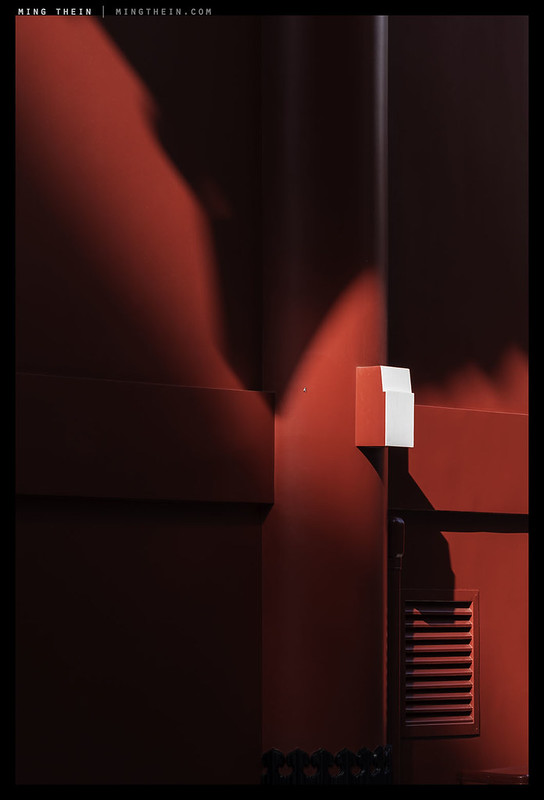
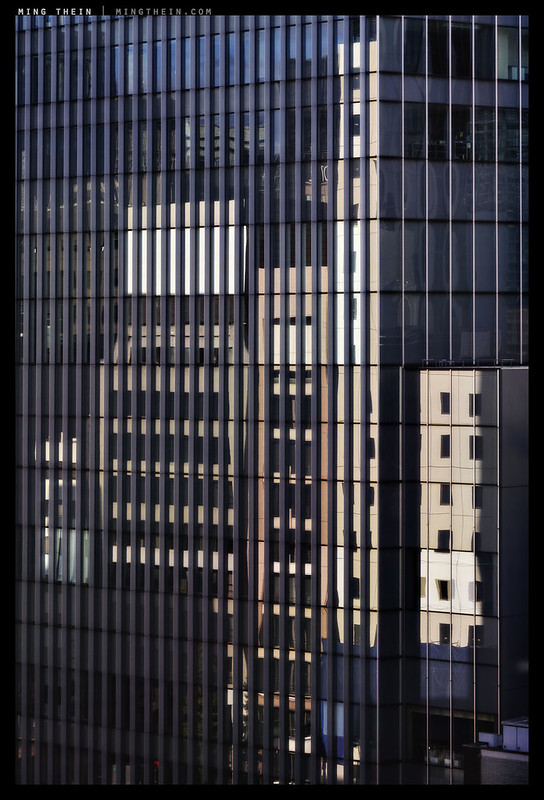
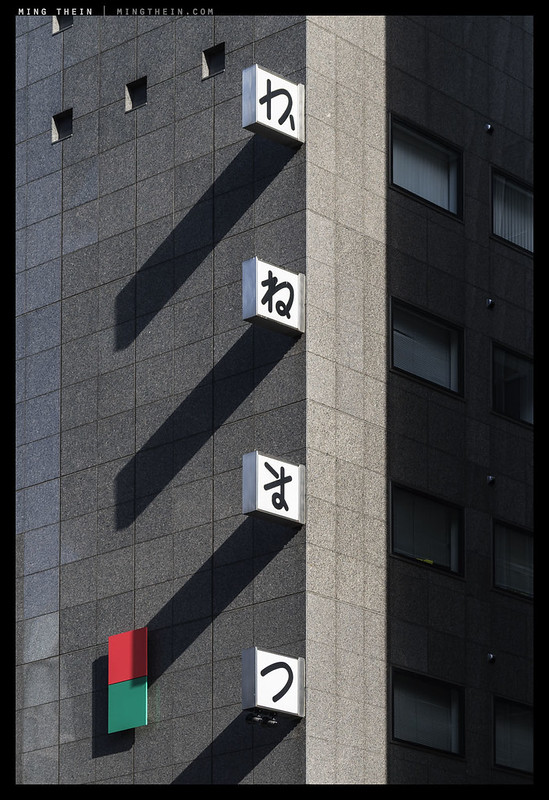



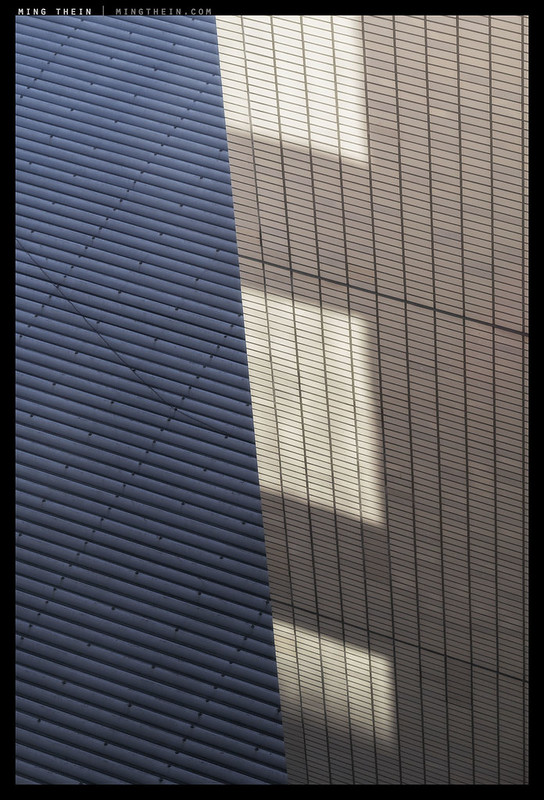



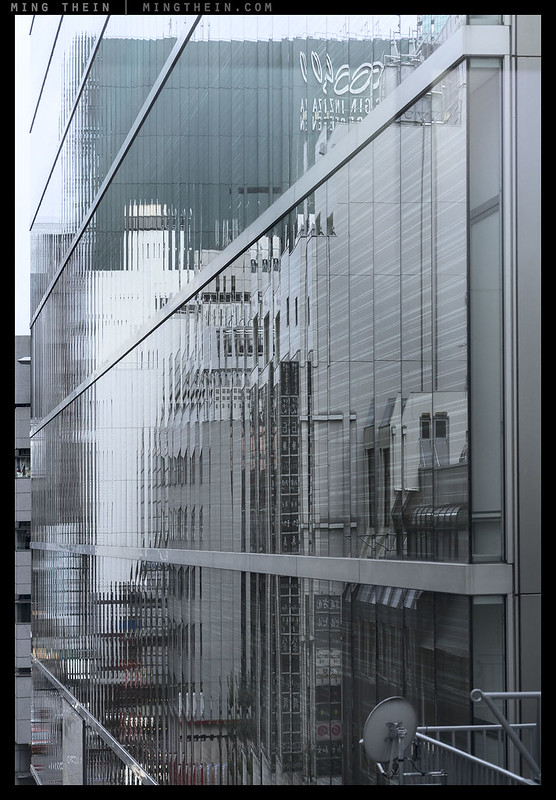
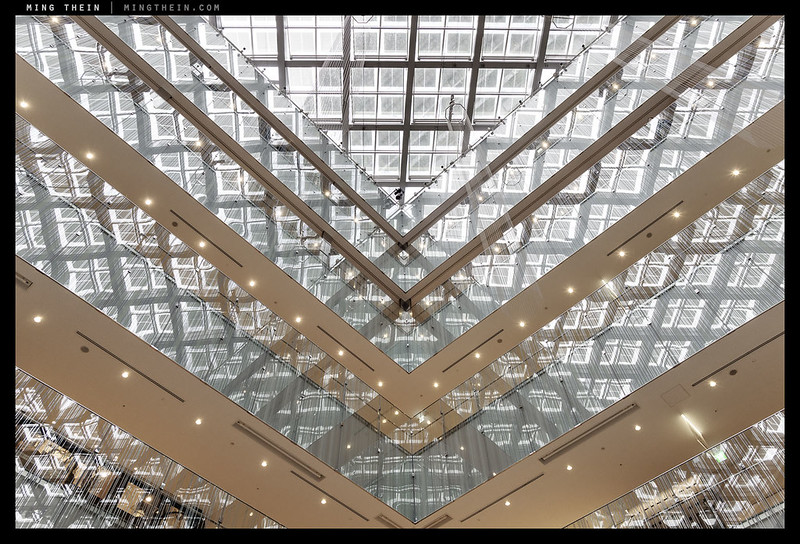


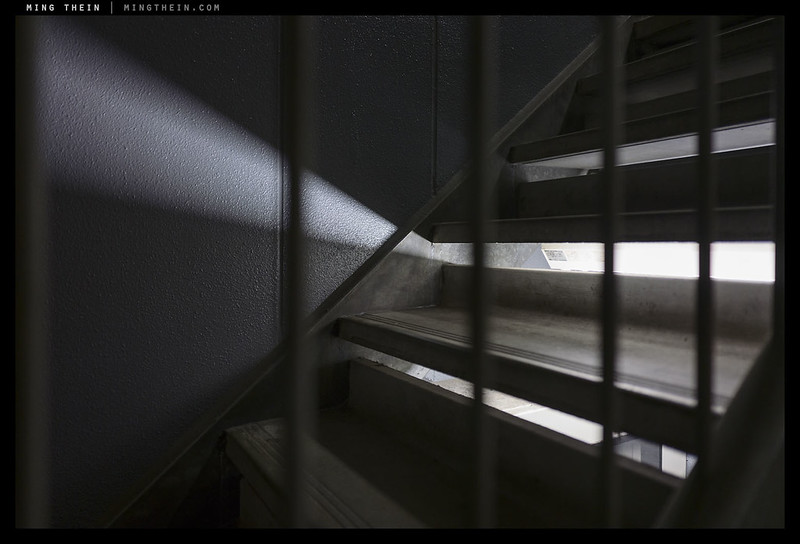

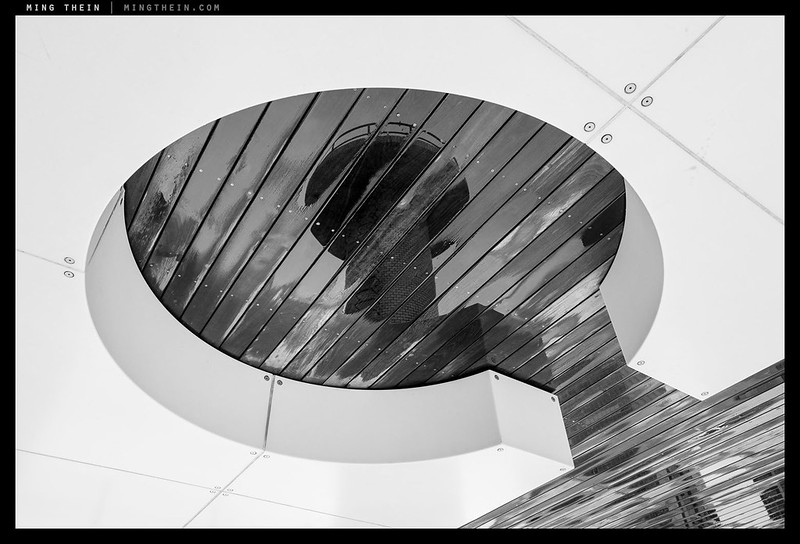






Some of your best work, IMO. Fantastic set.
Thanks!
Impressive photographic vision, good photographic tools, excellent execution. Very enjoyable. Have been in Tokyo often and feels very recognisable in these photographs. Thanks.
Thank you!
Hello Ming !
It is definitely the best set from you !
ALL images are incredible.
Congratulation.
My best wishes for you.
Sincerely,
Anatoly
Thanks Anatoly 🙂
Ming, artistically this has got to be one of your strongest series I have seen to date, absolutely beautiful. I say to date, because you keep raising that bar.
Thanks Tom. If I can’t keep raising the bar, I might as well give up 😛
Spectacular pics!
Thanks!
One of your strongest efforts Ming. I love architecture. Buildings layered against other buildings, odd angles that play with lighting, etc. It’s all here in your photos. An outstanding set!
Thanks Bill!
I absolutely love these. I love photographs that take the ordinary everyday stuff and reveal the beauty that’s often not recognized. It could be through lines, colors, symmetry, or even asymmetric designs. I don’t know if there is a method to finding these. Sometimes they catch my eye and other times I look for them…and if I’m lucky, I find them.
Thanks Chris!
Ming — The images are all graphic, exceptionally well composed, and striking. Adding to the sense of mystery is the total absence of people, this in a city long known for its population density. These would be well juxtaposed with one of the folios of “people” images from Tokyo that you have already posted. Well done! Frank
Thanks Frank. Not easy at all to find areas free of people in Tokyo, much less using a wide angle… 🙂
Ming, there are some strange and weird things going on with your penultimate image, and I can’t work it out. The visual clues are ambiguous and try as I might I am unable to decide what it is. Are you looking up into a ceiling void, or is the oval shape standing proud of the background? You were there (obviously) but I wonder: did you see this anomaly at the time, or does it only manifest itself in the 2D image as a trompe l’oeil?
Terry, studying the “gaps” in the metal cladding, I would think the camera was pointing down…, looking at an integral structure.
Cheers,
Michiel
Hi, Michiel. An interesting perspective! I wonder what Ming will confirm in due course. :D)
Well, Michiel, you were half right. At least Ming was looking down!
It’s upside down, reflection of a tower in wet wood on the floor 🙂
Amazing!
Hi Ming, long time reader but first time commenter 🙂
This is one of my favourite photo essays you’ve ever published. They are a perfectly curated series!
Keep up the inspiring work.
Ben
Thanks Ben.
Incredible Ming. Be proud. That’s all.
Thanks Gerner. These are the ones that survived the Great Cull and four months of fermentation…
It’s a ‘long’ sitting time Ming, but seems certainly to pay off. There’s a lesson to be learned from it.
Yes: we lack objectivity about our own images off the bat.
Hi Ming,
Great images as usual. In your E1, you said in order for an image to be outstanding, a subject can or cannot be present. For some of your pictures up to now, i can’t seem to find “the subject”. For instance, i can’t answer the question, what is the subject in : N°1 (reflections) and 6.
Thanks
Not quite. You need to have a subject but it could be the whole frame (in the case of an abstract).
#1: It’s the white securing post in the context of the red structure. This kind of construction is a characteristic of traditional Japanese architecture. It’s the only element that’s white in the entire frame, and has highlights leading to it.
#6: The open window and implied story of what’s happening inside.
Thank you Ming
These photos sing !
Thank you!
Great series!!! I love those geometric compositions… It´s nice how you kind of point at that chaos you mentioned by using reflections in glass or steel, but sticking to the neatly arranged architectural structures and forms.
Thanks – I recently and a discussion with some students at the Lisbon Masterclass about this; apparently there’s an established artistic style for this structure called Wimmelbild. I’m in the process of writing an article about this 🙂
Oh yeah, “Wimmelbilder” are really common & popular in Germany. Most of the time it´s drawn pictures, but sometimes also photographs. I love the photographic version where you have to look really close to identify all the different things going on in the picture.
I think this actually describes the way I shoot very well – I smell a new project 🙂
I´m definitely looking forward to seeing more of your pictures/projects, because I´m a real fan of your photographic style. I like your sense for geometry in everyday life and the well structured prosaic way you shoot your pictures!
Thanks. There are of course the archived photoessays here…
I very much enjoy your posts – Your use of “Photoessay” in the title of the posts in this series is very appropriate as it conveys the sense of greater consideration and depth that is so appealing to me – I find reading them is far more relaxing and enjoyable than the reading of the average internet piece.
Two shots stood out to me in this particular series, I think they stand out because they contain elements that are a little at odds with the sense of order that you are communicating.
The shot with the tree – it introduces color and an element that has a spirit that is free from the absolute control of the architect. In this setting, I would not have been surprised to have seen a tree that had the degree of control that is exhibited in the art of bonsai. Yet this tree appears to have freedom to grow, within the limitations of the structures around it. What would be wonderful to see would have been a display of rebellion such as having roots that were lifting and cracking the pavement!
The other is the shot of the white and red ribbons of light that are displayed on the stainless steel panels. Is this a lift aclove? Again the presence of color is outside the scope displayed in the rest of the collection (tree excluded). I started off thinking that these ribbons were wild and free – i.e., dependent on the position of the viewer. But then it dawned on me that they would be under the control of the architect!
🙂 … MomentsForZen (Richard)
Thank you. The sets of images are curated from much larger bodies of work, and I think more importantly – almost never ‘fresh’, having had several months to mature for me to change the order and composition. The ‘best’ images may not necessarily form the best overall group, etc.
Knowing Japan, that tree was probably precisely gardened into place at some point 🙂
Ribbons of light – this one is almost certainly uncontrolled, because their curvature is only given by the slight curvature of the steel panels after installation – so it’s an unpredictable effect. Not a lift alcove but close; a little service corridor entrance.
The first picture in this series is fantastic.
Thanks!
Your pictures represent very well today’s Japan, it’s people and culture : coexistence of contradictions.
The most developed country in terms of high technology, but still deep attachment to pre-modern traditions(Matsuri, for example).
Pursuit of rationality(lots of Japanese Nobel prize winners recently in science), but enormous passion for irrationality(Haruki Murakami’s novels).
Desire for peace as the only atomic bomb victim in human history, but desire for war and rearmament as former imperialist country.
The most “westernized” Asian country, but the most “conservative-Asian-value-attached” westernized country.
Maybe this coexistence of contradictions is materialized in Japanese cities and architectures. And that’s why taking pictures in Japan is so exciting.
Thank you. Yes, it’s one of the reasons shooting in Japan is exciting, but also because it’s one of the most photo-friendly societies, too…not to mention rapidly changing, so even if you go to the same place once a year – it might be very different on your next visit.
“desire for war and rearmament as former imperialist country”
Now you are talking out of your ***.
SOME people want to have a strong army to stand up to the chinese military power. And this will be more important in the near future, if would-be-President Trump takes back home the U.S. overseas forces.
Great pictures .
Thanks!